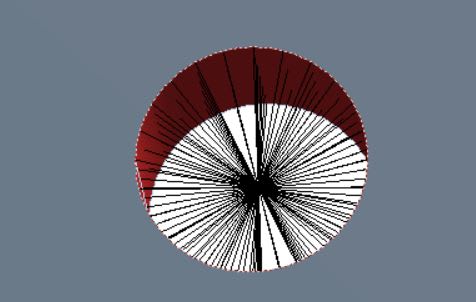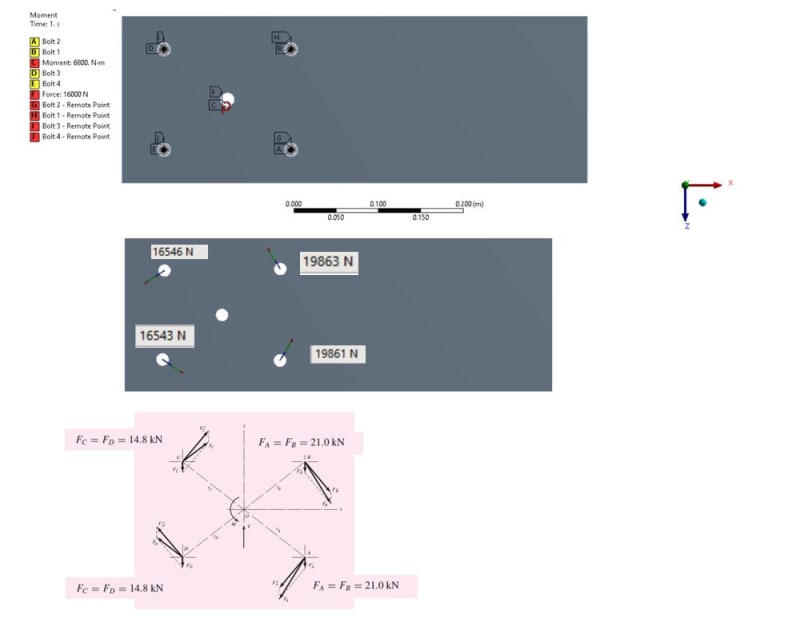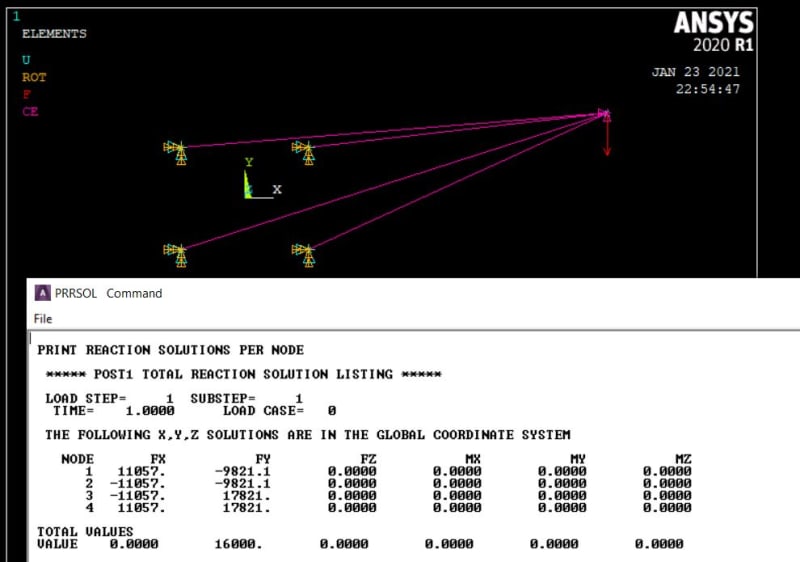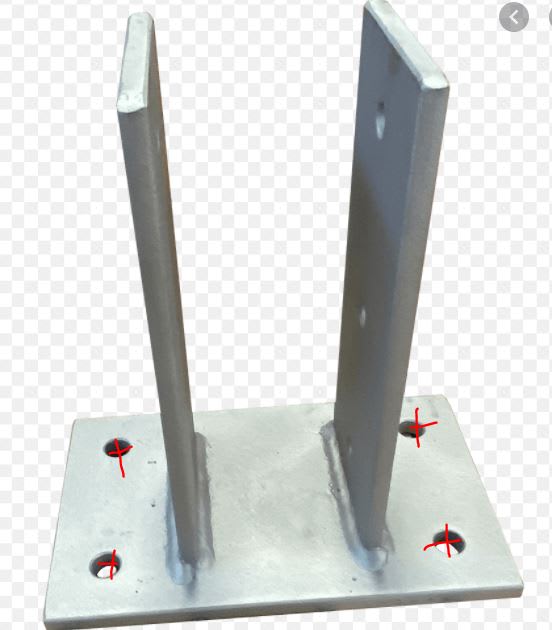Hi All,
I am trying to compare using FEA results to calculate the bolt forces with the hand calculation from Shigley example... but I can't match it... I extract the forces and also moment... but I am not sure if the FEA results are correct although summation of forces are matching to applied force...
Anyone can tell what I miss out in the FEA?

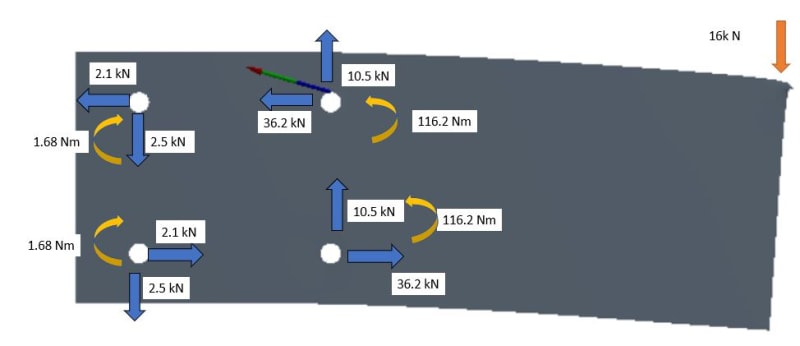
I am trying to compare using FEA results to calculate the bolt forces with the hand calculation from Shigley example... but I can't match it... I extract the forces and also moment... but I am not sure if the FEA results are correct although summation of forces are matching to applied force...
Anyone can tell what I miss out in the FEA?



